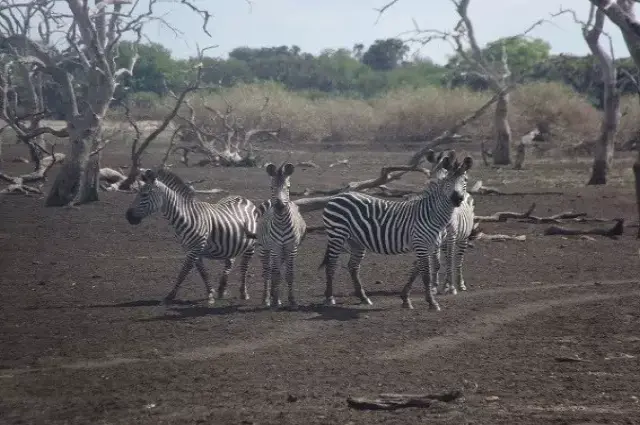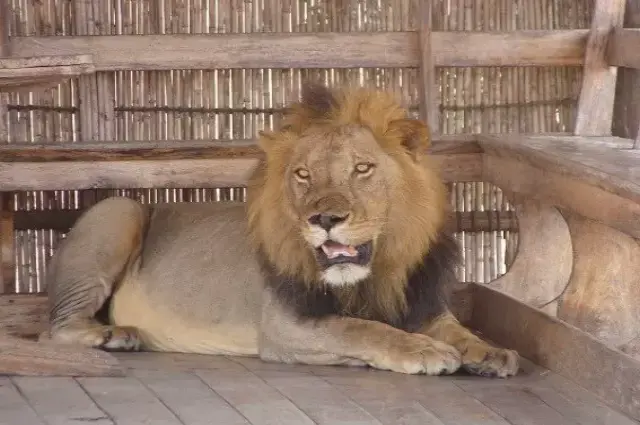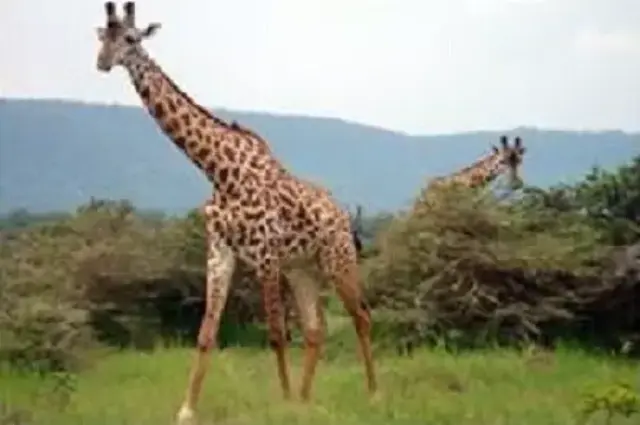Get in touch with our Tanzania specialists Clare & Jo today by email, contact form or by calling +44 (0)1580 712 690
Safaris
There are several enticing options for those who want to undertake a safari in Tanzania. The most popular is the Northern Circuit that takes in the Serengeti and where you can witness the famous annual migration.
Less well travelled is the Southern Circuit and the Selous Game Reserve where you can enjoy the same variety of wildlife but in a more remote setting. You also have the benefit of being able to enjoy river cruises, not possible in the North.
The more remote area of Western Tanzania includes the Ruaha National Park which receives far fewer visitors than even the Selous and only has a few lodges available.
For a specialist and exclusive experience, head to the Mahale Mountain National Park, right on the western border of Tanzania, on the shores of Lake Tanganyika where you can undertake chimp trekking.
Less well travelled is the Southern Circuit and the Selous Game Reserve where you can enjoy the same variety of wildlife but in a more remote setting. You also have the benefit of being able to enjoy river cruises, not possible in the North.
The more remote area of Western Tanzania includes the Ruaha National Park which receives far fewer visitors than even the Selous and only has a few lodges available.
For a specialist and exclusive experience, head to the Mahale Mountain National Park, right on the western border of Tanzania, on the shores of Lake Tanganyika where you can undertake chimp trekking.
Safaris
Northern Circuit
Southern Circuit
Ruaha
Mahale Mountains












